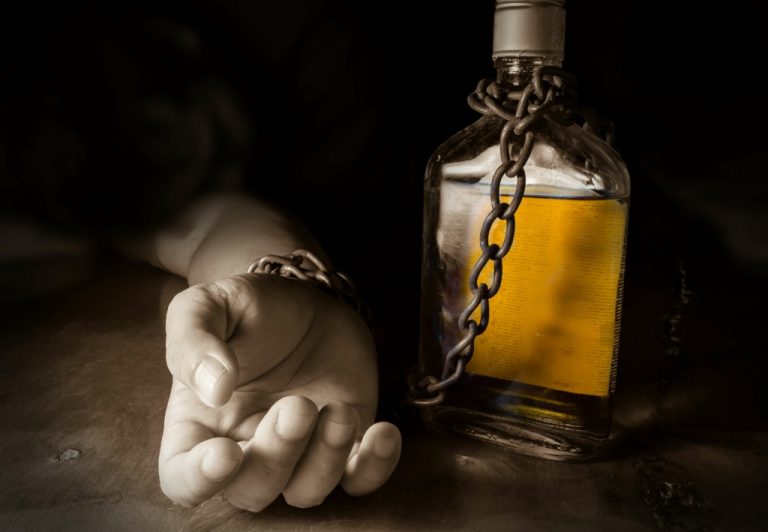In these cases, your doctor may want to change the dose, or other precautions may be necessary. When you are taking this medicine, it is especially important that your healthcare professional know if you are taking any of the medicines listed below. The following interactions have been selected on the basis of their potential significance vicodin usage and are not necessarily all-inclusive. Appropriate studies performed to date have not demonstrated geriatric-specific problems that would limit the usefulness of hydrocodone and acetaminophen combination in the elderly. Hydrocodone and acetaminophen combination is used to relieve pain severe enough to require opioid treatment and when other pain medicines did not work well enough or cannot be tolerated. It is important to always tell your doctor, pharmacist, or health care provider of all prescription and over-the-counter medications you use, as well as the dosage for each, and keep a list of the information.

Side Effects of Vicodin Abuse
- If your symptoms return, the person should give you another dose of naloxone.
- However, psychic dependence is unlikely to develop when hydrocodone bitartrate and acetaminophen tablets are used for a short time for the treatment of pain.
- However, people who have continuing pain should not let the fear of dependence keep them from using opioids to relieve their pain.
- As Vicodin also contains acetaminophen, there is an additional risk of liver damage, disease, and failure.
- For non-prescription products, read the label or package ingredients carefully.
- However, safety and efficacy have not been established in children younger than 2 years of age.
It produces euphoria and sedation, making it a common target for misuse. Vicodin is classified as a Schedule II controlled substance by the U.S. Drug Enforcement Administration (DEA) due to its high potential for addiction and abuse. While it was previously categorized as a Schedule III drug, the DEA reclassified it to Schedule II to impose stricter regulations on its prescription and distribution.

hydrocodone/acetaminophen (Rx)
- Healthcare providers, addiction specialists and support groups are ready to assist in the journey towards recovery if you are ready to take that first step.
- The narcotic antagonist naloxone hydrochloride is a specific antidote against respiratory depression which may result from overdosage or unusual sensitivity to narcotics, including hydrocodone.
- Acetaminophen is not a substance that is addictive, however, when it is blended with hydrocodone, it becomes more potent, making it more addictive to those who abuse it.
- Instruct patients how to properly take hydrocodone bitartrate and acetaminophen tablets see DOSAGE AND ADMINISTRATION, WARNINGS.
This means that if you stop using these drugs suddenly, you go through withdrawal. Vicodin is a prescription painkiller that’s classified as an opioid. It includes hydrocodone, which is the actual opioid component, as well as paracetamol, which is also known as acetaminophen. Hydrocodone changes how the person taking the drug perceives pain, and it can increase pain tolerance. The opioid epidemic impacting the nation has been front in center in Colorado, and one of the drugs that’s part of this battle is Vicodin. Vicodin is one of the more recognized and well-known prescription opioids combining hydrocodone and acetaminophen.
Drug Label Info
- It includes hydrocodone, which is the actual opioid component, as well as paracetamol, which is also known as acetaminophen.
- Vicodin is composed of the synthetic opiate hydrocodone and acetaminophen, as both of these pain killers work together to reduce pain when used in tandem.
- This is especially important for elderly patients, who may be more sensitive to the effects of pain medicines.
In addition to medical support and counseling, patients may also enjoy alternative therapy options to ease their journey toward recovery. Along the way, patients will learn the necessary coping skills for addiction to help them avoid relapse and maintain a happy and healthy sober life free from Vicodin. Vicodin is typically prescribed for severe pain that cannot be controlled without a narcotic. Considering Vicodin is one of the most addictive painkillers, the risk of an addiction developing is high.
Fuel groundbreaking medical research!

You can find out more on how to properly dispose of Sober living house your medicines at /drugdisposal. Hydrocodone/acetaminophen works to change how your body feels and responds to pain. Hydrocodone works by binding to and activating specific receptors in your body, resulting in pain relief. To prevent this, your doctor may direct you or your child to take laxatives, drink a lot of fluids, or increase the amount of fiber in your diet.
Outpatient Vicodin Rehab
Driving under the influence of Vicodin is illegal in many places, as it affects coordination and decision-making abilities. Do not flush medications down https://ecosoberhouse.com/ the toilet or pour them into a drain unless instructed to do so. Properly discard this product when it is expired or no longer needed. For more details, read the Medication Guide, or consult your pharmacist or local waste disposal company.
Whether you take Vicodin because of a prescription, or you take it recreationally, you may experience certain side effects. To reduce the likelihood of becoming addicted to Vicodin, it’s important only to take it with a prescription, and to follow your doctor’s instructions exactly. If you recognize any of these symptoms in a person who is taking Vicodin, it might be useful to speak to them about your concern or have them seek medical help. Continuing care groups are ongoing support resources to help you solidify your commitment to sobriety. Some groups may be gender – or age-specific, while others may focus on a particular aspect of recovery. UKAT aspires to deliver the highest quality care across all our centres and clinics.